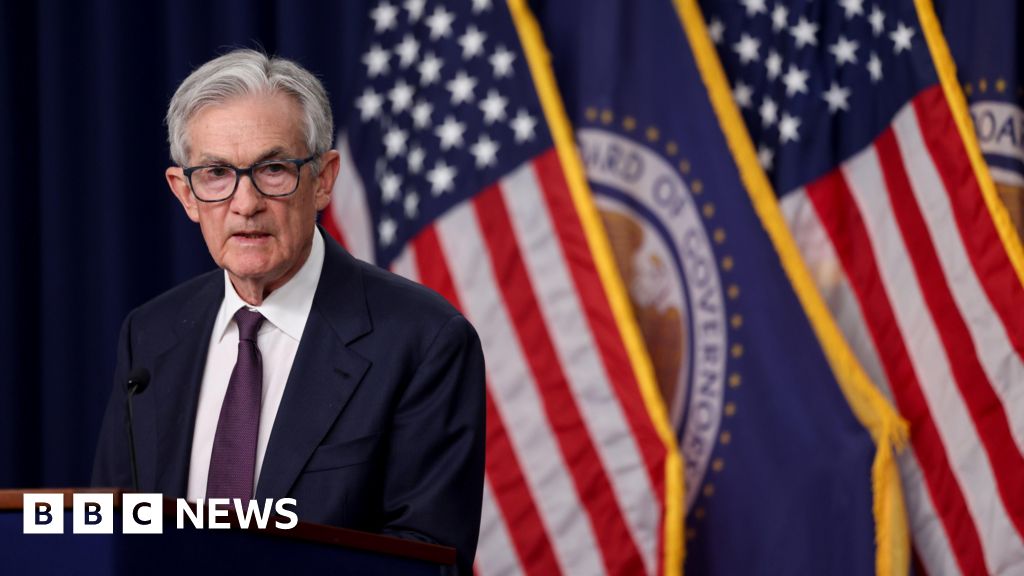
In recent months, the U.S. economy has experienced significant policy shifts, yet one aspect remains unchanged: the cost of borrowing set by the Federal Reserve. On Wednesday, the Fed decided to keep its key interest rate steady for the fourth consecutive time, maintaining it around 4.3%, a level it has held since December.
This decision comes despite a grim outlook from Fed officials, who predict slower economic growth, higher unemployment, and rising inflation compared to previous forecasts. Normally, the Fed reduces rates to stimulate growth during economic downturns and raises them to moderate inflation.
President Trump has consistently urged the Fed to lower interest rates while pushing for substantial alterations in economic policy, including raising tariffs internationally. Fed officials, however, remain cautious, noting concerns that these tariffs could lead to sustained price increases.
Chairman Jerome Powell stated that inflation, currently at 2.4%, exceeds the Fed’s target of 2%, suggesting future price rises as companies adjust to tariff impacts. He emphasized maintaining the current rates for now, indicating economic stability and a low unemployment rate of 4.2%. However, revised forecasts show a projected slowdown in growth to 1.4% this year and an anticipated rise in inflation and unemployment.
Internationally, central banks like the European Central Bank have pursued rate cuts. Meanwhile, it seems Fed officials are committed to a cautious, observant approach regarding their interest rate policy.
Source: www.bbc.com






